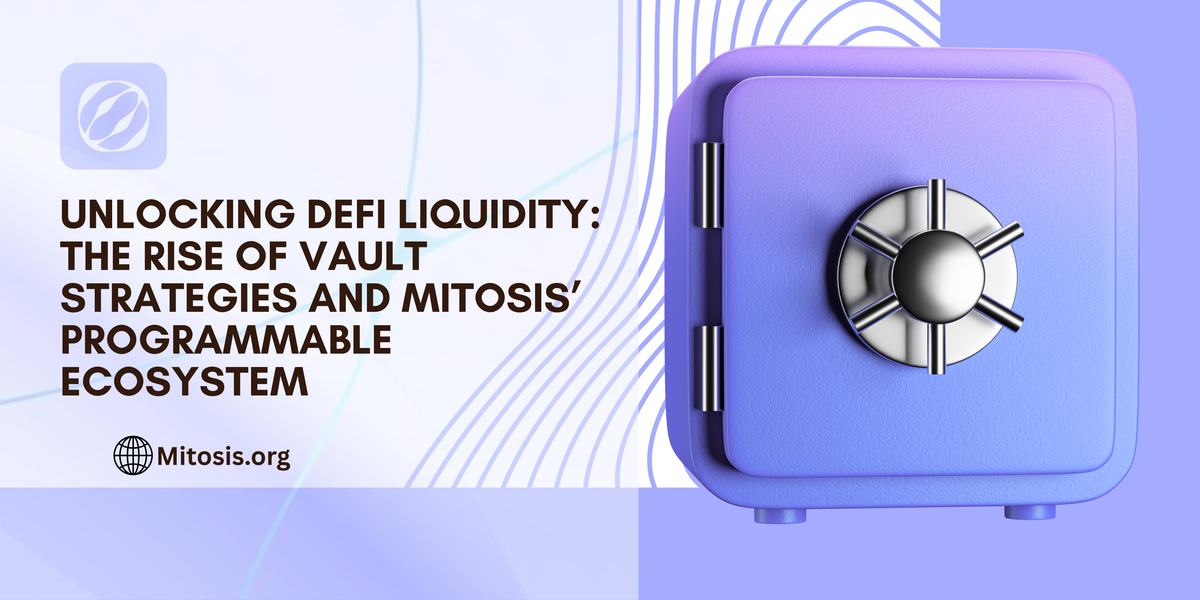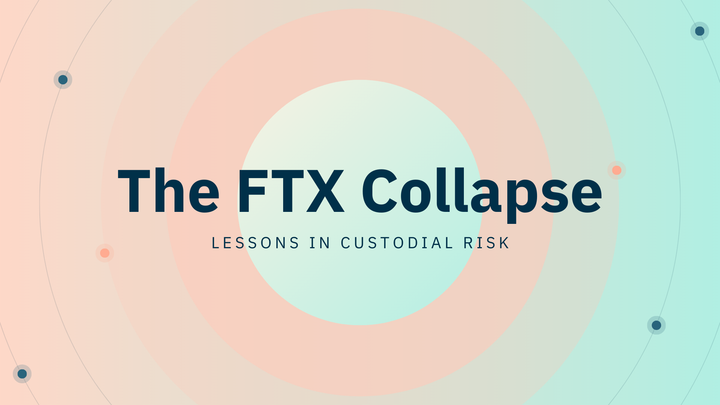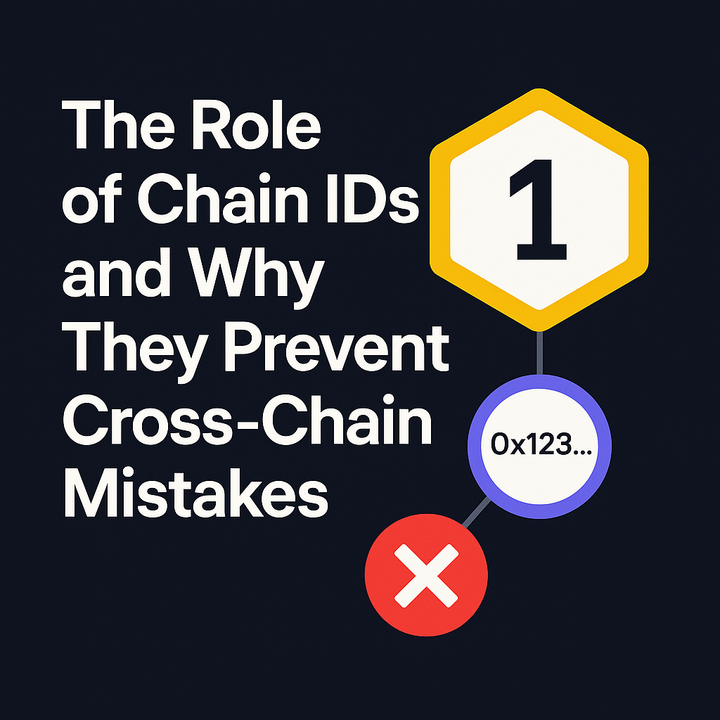Unlocking DeFi Liquidity: The Rise of Vault Strategies and Mitosis’ Programmable Ecosystem

Decentralized Finance (DeFi) has transformed the financial landscape, offering users unprecedented control over their assets. Central to this transformation is the concept of liquidity—the ease with which assets can be bought or sold without affecting their price. Liquidity pools have become foundational, enabling decentralized exchanges (DEXs) to function efficiently. However, as DeFi matures, the need for more sophisticated liquidity management tools has become evident.apex.exchange+1Medium+1
Automated Market Makers (AMMs) introduced the concept of liquidity pools, allowing users to provide liquidity and earn fees. Yet, these pools often suffer from issues like impermanent loss and inefficient capital allocation. To address these challenges, vault strategies have emerged, offering automated yield optimization and risk management.
Understanding Vault Strategies
Vaults in DeFi are smart contracts that manage users' funds, deploying them into various strategies to maximize returns. These strategies can include yield farming, lending, and liquidity provision. By automating these processes, vaults reduce the need for constant user intervention and optimize capital efficiency. See Mitosis University+2Medium+2Mitosis+2
For instance, Adamant Finance utilizes auto-compounding vaults that reinvest earned rewards back into the pool, enhancing yield over time. This approach not only maximizes returns but also simplifies the user experience by handling complex strategies on behalf of the user.
The Role of Liquidity Pools
Liquidity pools are the backbone of DeFi, facilitating trades on DEXs by allowing users to swap tokens without the need for a traditional order book. These pools rely on users, known as liquidity providers (LPs), to deposit their assets into the pool. In return, LPs earn a portion of the trading fees generated by the pool.
However, providing liquidity is not without risks. Impermanent loss occurs when the price of deposited assets changes compared to when they were deposited, potentially leading to reduced returns. Vault strategies aim to mitigate these risks by dynamically adjusting allocations and employing hedging techniques.pexx.com+3Medium+3Medium+3
Benchmarking Vault Performance
Evaluating the performance of vault strategies is crucial for users to make informed decisions. CrocSwap's benchmarking of automated liquidity vault strategies highlights the importance of metrics such as annual percentage yield (APY), risk-adjusted returns, and capital efficiency. By analyzing these factors, users can assess the effectiveness of different vaults and choose strategies that align with their risk tolerance and investment goals. See https://medium.com/%40ichidao/introduction-to-ichi-vaults-improving-liquidity-management-in-defi-48f0a5fa8309?
Moreover, transparency in performance metrics fosters trust within the DeFi community. Platforms that provide clear and comprehensive data empower users to participate confidently in the ecosystem.
Enhancing Liquidity Through Staking
Staking has become a popular method for users to earn passive income in DeFi. By locking up their tokens, users can support network operations and, in return, receive rewards. Vault Hill, for example, offers staking options powered by AllianceBlock, allowing users to stake their $VHC tokens and earn increased liquidity. See https://medium.com/%40ichidao/introduction-to-ichi-vaults-improving-liquidity-management-in-defi-48f0a5fa8309?
Staking not only incentivizes user participation but also contributes to the stability and security of the network. As more users stake their assets, the overall liquidity of the ecosystem improves, facilitating smoother transactions and reducing volatility.
Integrating Data for Smarter Vaults
The integration of real-time data into vault strategies enhances their adaptability and responsiveness. Rocket Vault's partnership with Berry Data exemplifies this approach, utilizing decentralized oracles to feed accurate and timely information into vault algorithms. This integration enables vaults to adjust strategies dynamically, optimizing returns and managing risks more effectively. See https://medium.com/%40ichidao/introduction-to-ichi-vaults-improving-liquidity-management-in-defi-48f0a5fa8309?
Access to reliable data is paramount in DeFi, where market conditions can change rapidly. By leveraging decentralized data sources, vaults can maintain their performance and integrity, even in volatile environments.
Mitosis: A Paradigm Shift in Liquidity Management
Mitosis introduces a novel approach to liquidity management by treating liquidity as a programmable and composable asset. Through its infrastructure, Mitosis transforms static liquidity positions into dynamic assets that can be utilized across various DeFi applications. This innovation enables users to maximize the utility of their assets without compromising on flexibility or control.Medium
By tokenizing liquidity positions into standardized assets—miAssets and maAssets—Mitosis allows for seamless integration with other protocols, enhancing interoperability and capital efficiency. See https://pbftgeneral.medium.com/mitosis-the-future-of-programmable-liquidity-in-defi-22866fb602db? This approach not only benefits individual users but also contributes to the overall robustness of the DeFi ecosystem. See +2Medium+2Mitosis University+2
Cross-Chain Liquidity with Mitosis
One of the significant challenges in DeFi is the fragmentation of liquidity across different blockchains. Mitosis addresses this issue by enabling cross-chain liquidity management through its native chain. Users can deposit assets into Mitosis Vaults on supported chains, receive Vanilla Assets, and deploy them across various networks without the need for manual bridging.Mitosis University+2Mitosis University+2Mitosis University+2
This seamless movement of assets enhances capital efficiency and opens up new opportunities for yield generation. By unifying fragmented liquidity, Mitosis fosters a more cohesive and accessible DeFi environment.
Ecosystem-Owned Liquidity (EOL)
Mitosis introduces the concept of Ecosystem-Owned Liquidity (EOL), where users collectively manage and deploy liquidity to maximize returns. By staking Vanilla Assets, users receive miAssets, granting them governance rights and a share of the generated yield. This collective approach empowers users to make strategic decisions and align incentives within the ecosystem.Mitosis University+2Mitosis University+2Mitosis University+2Mitosis University+1Mitosis University+1Mitosis
EOL not only democratizes liquidity management but also enhances the stability and sustainability of DeFi protocols by ensuring that liquidity is allocated efficiently and transparently.
Matrix Vaults: Structured Liquidity Campaigns
Matrix Vaults offer users the opportunity to participate in structured liquidity campaigns with defined terms and rewards. By locking Vanilla Assets into these campaigns.
In conclusion, the evolution of liquidity mechanisms in DeFi, epitomized by Mitosis's innovative vault structures, signifies a paradigm shift towards a more inclusive, efficient, and secure financial ecosystem. By addressing the shortcomings of traditional liquidity pools and introducing programmable, community-governed solutions, Mitosis empowers users to actively participate in shaping the DeFi landscape. As the ecosystem continues to mature, such advancements will be instrumental in realizing the full potential of decentralized finance, fostering a future where financial empowerment is accessible to all.



Comments ()